In case you hadn’t noticed, there’s a lot stirring with the French brand, Peugeot.
Their new 308 hatch has been winning plaudits and quite a few awards since details were revealed just the other week and it won’t even be in showrooms until the end of the year.
The good news is it’s not the only treasure on its way from the company because the second part of the 308 package is a more spacious SW version, standing for station wagon, or estate as we prefer to call it.
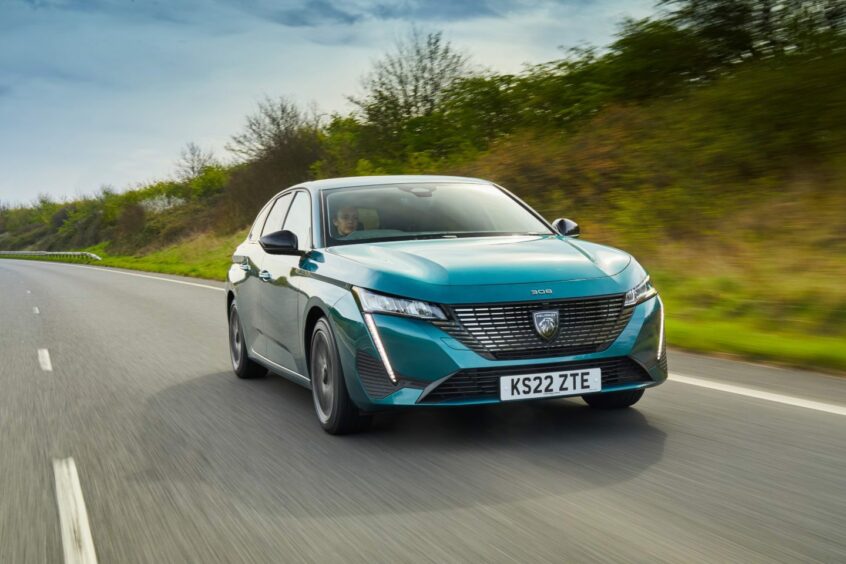
And if you thought the hatch looks good, then the SW could be said to do even better in its role as the big brother.
Just when you thought estates were going out of fashion as everyone has had their heads turned by rough-tough SUVs or soft-roader crossovers, Peugeot’s designers and engineers have bucked the trend and come up with something quite special.
In the old days, estates were generally saloons with an extended bit of bodywork stuck on the back, but that is how things were in the past.
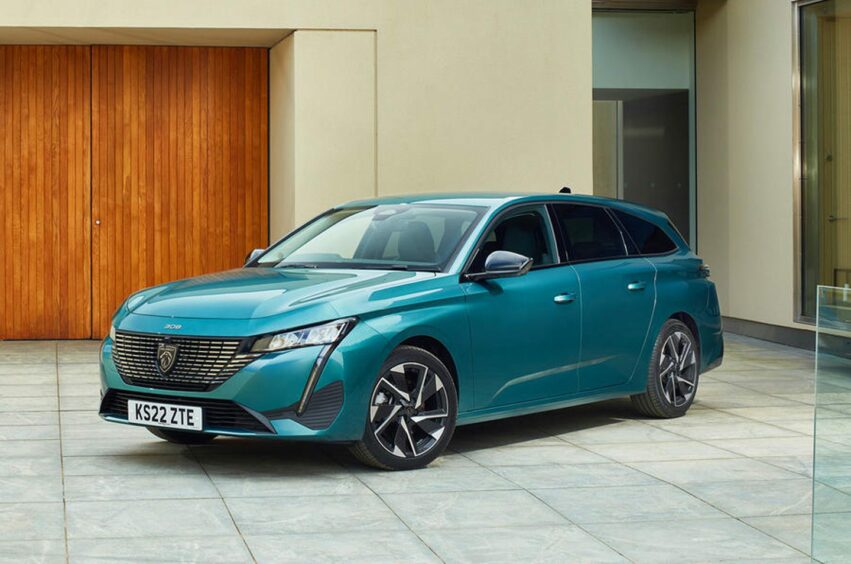
Peugeot’s latest big baby is a looker and far from appearing like an afterthought, the extended accommodation gives the back end a dramatic perspective which would be a delight to follow and admire down any road.
The SW shares some of the new features which have made their debut in the hatch, like the fresh corporate badge, a roaring lion’s head inside a shield replacing the previous full-size big cat.
On the substantial and dramatic grille which lies below the swooping bonnet, it hides the radar sensors for the autonomous driving aids. Ultra-slim headlights are incorporated at the sides of the grille, alongside Peugeot’s signature fang-like LED daytime running lights.
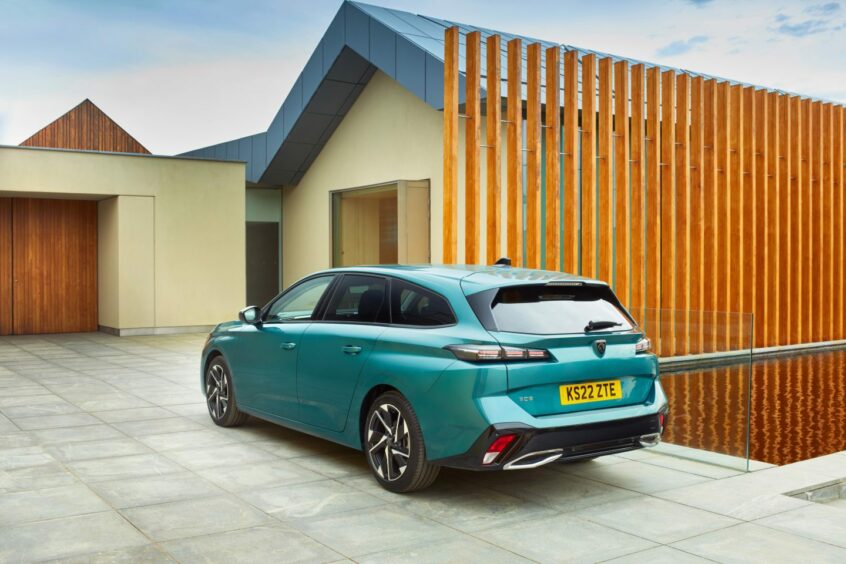
It’s longer than the previous estate and has an extended wheelbase and overhang compared to the hatch which means there’s greater boot space and more legroom for passengers.
The cargo space is just over 600 litres and you can increase that by more than two-and-a-half times by folding the seats. It’s deep too, able to take loads up to 1.85 metres long which is pretty handy if you’re into DIY, gardening, or archery for that matter.
The engine range has been simplified with a 1.2 litre petrol, a 1.5 litre diesel and most significantly, two plug-in hybrids.
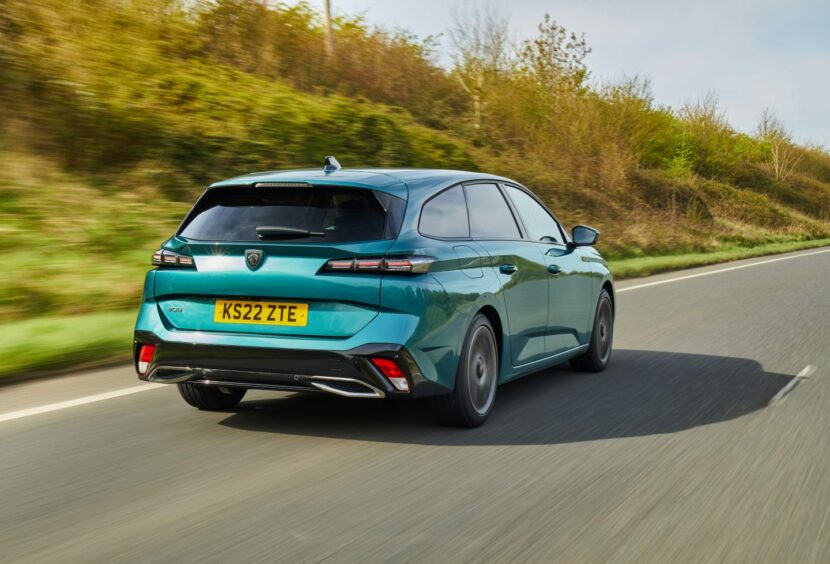
They both feature a 1.6 litre petrol engine paired with an 81kW electric motor and a 12.4 kWh lithium-ion battery to produce up to 221 bhp and a possible 37-mile electric-only range.
There are two power output options and both are impressive in performance and how quietly they go about their business, especially at lower speeds around town in EV mode.
On the open road, it’s not easy to spot when the petrol engine cuts in because of the seamless transition although the display on the dash tells whether you are running on electric or internal combustion power.
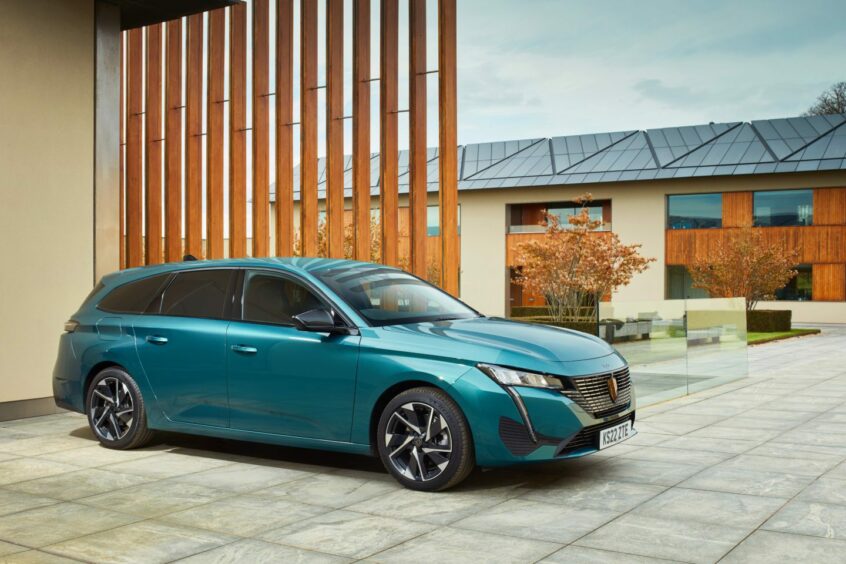
Through the touchscreen you have the option of saving some of the electric range for six or twelve miles for when you will be entering emission-free zones.
The small three-cylinder petrol engine gives a good return for its size and 130 bhp output and with an eight-speed automatic box, it offers a smooth and relaxed drive with the benefit of good economy of around the low-40s mpg.
I spent more time in the diesel powered version which would suit drivers doing higher longer-distance mileage where you can expect to get more than 60 miles out of every gallon.
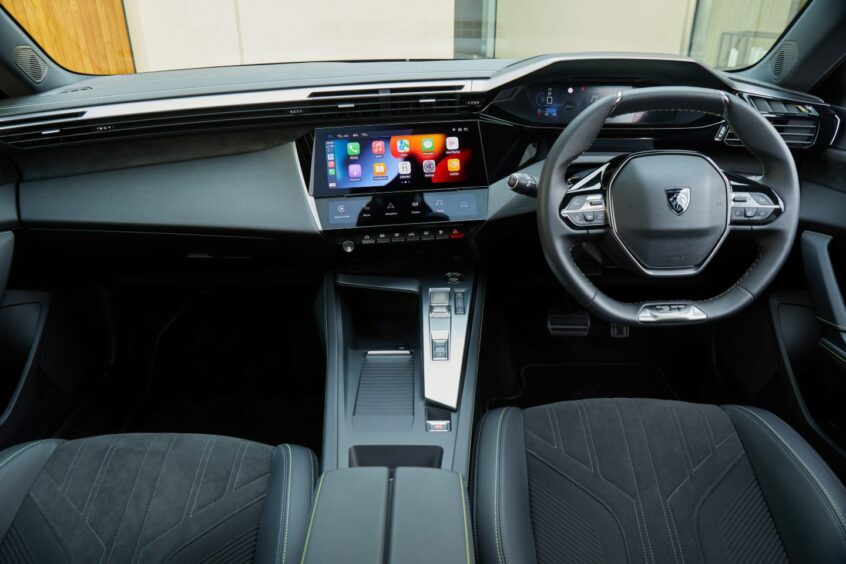
Again the automatic gearbox is a delight and the engine has plenty of torque so it should be good for towing or attractive as a big family workhorse.
The interior feels upmarket and like the hatch comes with an array of the latest technology centred on the 10-inch digital instrument cluster and Peugeot’s established compact steering wheel.
The upper grades come with configurable virtual i-toggles alongside the central screen which are touch-sensitive for a shortcut to various functions, including the air conditioning and phone contacts and to launch an app and avoid the need to scroll through a menu making it easier to use on the move.
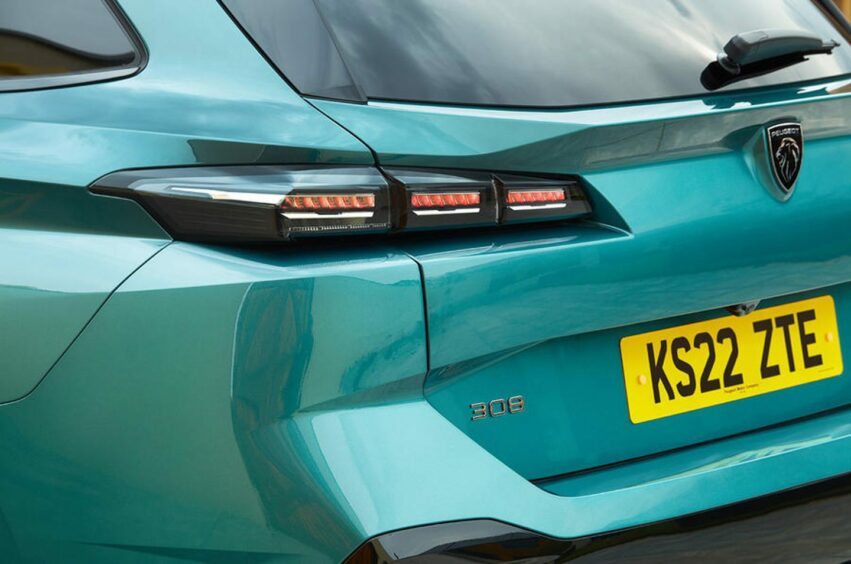
The gearbox control is what Peugeot call an e-Toggle switch to call up drive, park and reverse effortlessly through a simple button.
Depending on the model and powertrain, there’s a drive mode selector to switch between electric, hybrid, eco, normal and sport modes, the last of which stiffens the power steering and speeds up the gearshifts.
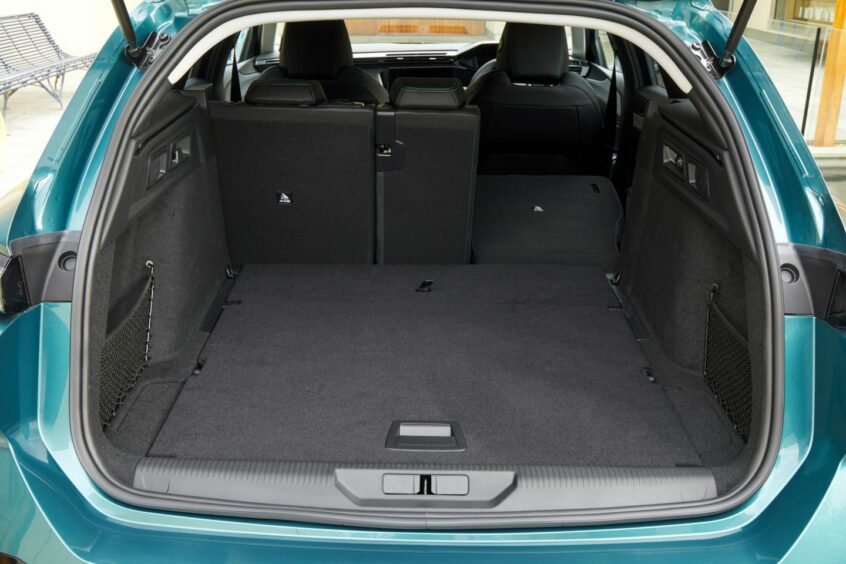
On the road, despite its increased size, the SW handles superbly with very little to differentiate it from the hatch with virtually no body roll and a suspension set-up which happily deals with rough surfaces and the odd pothole.
Standard equipment for safety and comfort is comprehensive but the SW had the £500 option of 360-degree colour camera system and semi-automated parking assistance which is valuable in a bigger car which could be fully loaded in the rear.
Peugeot have done a great job in revitalising 308 and especially giving new life to the estate……sorry, SW.
The Facts
Model: Peugeot 308 SW Allure Premium Blue HDI auto
Price: £30,620 (£32,120 as tested)
0-62 mph: 10.9 secs
Top speed: 129mph
Economy: 60 mpg
CO2: 122 g/km
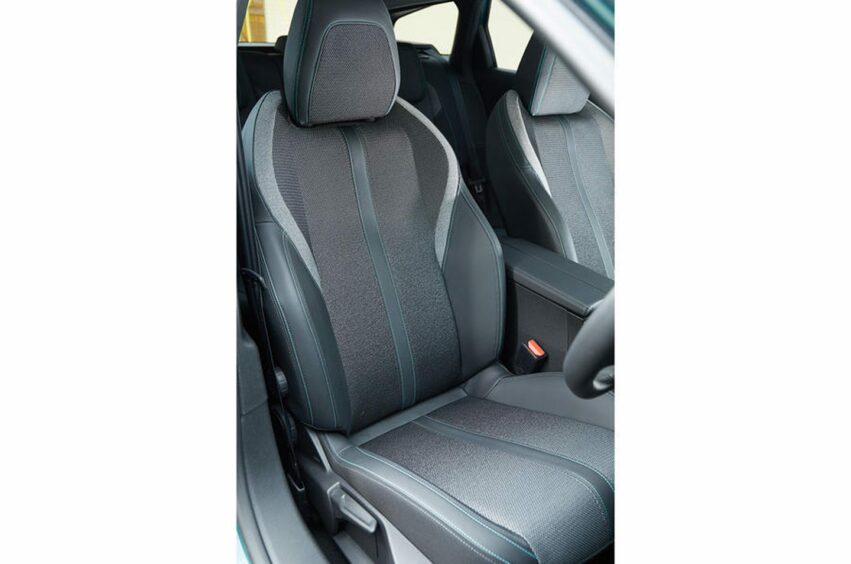
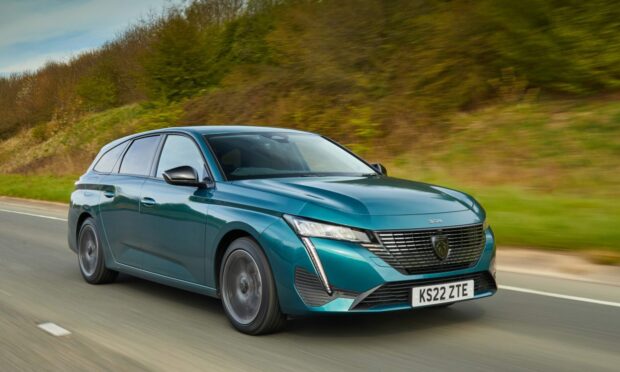
Conversation